By Todd Hedberg, The Lacek Group
Every parent knows a contest or game can transform many situations by redirecting kids’ unruly energy. Who can sit still the longest? Counting backward from 100. Twenty questions. These are just a few of the go-to, often impromptu, games that can help rein in potential chaos. It’s amazing how often these simple games capture the right type of behavioral engagement, even in challenging situations.
The same principle has been applied by marketers to engage key audiences over the years with great success. Iconic contests such as McDonald’s Monopoly or Publishers Clearing House Sweepstakes have shown the power of incorporating the competition and entertainment of games. Both of those campaigns drive immense growth for their brands, while creating long-lasting engagement and loyalty.
Today’s influential digital platforms and social media have greatly expanded the viable landscape for potential customer gamification touch points. Now any brand can utilize gamification as a loyalty marketing strategy. These new mediums also allow innovative, real-time engagements with quicker penetration to key audiences. Even better, with current platforms, a transaction isn’t required—but gamification strategies can help acquire new customers.
So how does gamification help drive customer loyalty?
The primary objective with gamification is to create increased customer engagement. Often it that also enhances customer relationships through a fun, light-hearted manner that will ultimately yield greater returns. Whether it’s a new customer to the brand or a passionate advocate, gamification can be leveraged at all stages of the customer lifecycle. In fact, a Gallup research report shared that a customer who is fully engaged with a brand represents an average of 23% premium in terms of share of wallet, profitability, revenue, and relationship growth compared to the average customer.
Gamification also offers an excellent way to evolve the customer relationship away from being largely transactional. This tactic is proving to be one of the most effective ways to boost customer engagement without depending on promotions. The unique interaction experience of a game often leads to a greater brand affinity and resulting customer lifetime value potential. A study done by Reflect Digital, found that 60% of their survey respondents would be more likely to buy from a brand that they have enjoyed playing a game. This figure rises to 86% with those who have previous branded gamification experiences. When done properly, gamification can clearly drive short-term preference and aid long-term customer loyalty creation.
This opportunity to evolve the customer relationship through gamification is especially relevant for brands with high-frequency sales cycles or those relying on traditional point accrual earning reward programs. Modern loyalty strategies involve experience and engagement opportunities to stoke emotional drivers toward brand preference. Gamification is a vital part of achieving total loyalty with your customer base.
What type of gamification approach is right for your brand?
Choosing the right type of game format is an important driver of success with gamification.
The best first step is to consider your audience’s engagement patterns and preferences. Does your customer base actively engage with your brand today? Has humor or playfulness messaging worked in communications before? If not, that doesn’t mean gamification isn’t a viable option, but the key will be to envelop the game concept with core value propositions that reinforce the primary benefits the customer receives from your brand. When doing so, the prize should represent an opportunity to gain far greater benefit and enjoyment from the product or service offered. This has been done with success within industries typically seen as more serious such as banking, health insurance, and legal.
Audience insights will also help to determine the general level of complexity for the game. For brands that have quick transaction processes usually simpler game formats are the most successful in driving engagement. Consider the minimal time it took to peel the Monopoly game cards from the side of your fries or soda packaging at McDonald’s as an example for how simplicity fit the typical customer time allotment to play. However, for more expensive and intensive purchases, the prize is typically more lucrative which should require far more effort to participate and win.
How should you deliver gamification to your customers?
Another important consideration is to design the game mechanics around the delivery channel by determining if it will live online, in-store or through a combination of both. Historically, all options have been widely used with success through a variety of formats. For instance, offline experiences included the frequently run in-store giveaway drawing events or more creative applications through scavenger hunts and talent contests. Yet, with the acceleration of smartphone capabilities and the pandemic, a major shift to online game experiences has occurred to drive photo contests, storytelling submissions, video games, virtual reality and much more.
No matter how the game is hosted, it’s important to actively promote the contest through proven communication channels for your brand. One advantage of digitally hosted games is the seamless transition from online communications and promotions to immediate participation with the game. Email is a quick and easy way to engage existing customers in your game and social media ad promotions are effective in reaching new, relevant audiences with your game invitation.
What are some of the more successful brand gamification campaigns?
Let’s explore some innovative and strategic applications of gamification in customer engagement that have the potential to boost loyalty throughout all stages of the customer lifecycle.
Amuse—and Entice with Perks
Recently two major brands, Chipotle and Starbucks, launched video game–inspired experiences to immerse their loyal customers in gamification initiatives. Chipotle partnered with Tesla for their Race to Rewards, a three-day contest in which the player with the top score won a free Tesla. While that grand prize had high appeal and value, the real draw was the easy ability for players to win free chips for their next order.
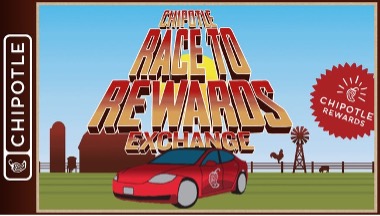
Similarly, Starbucks commemorated their 50th anniversary this fall through an interactive giveaway of points, gift certificates, and free beverages with their Starland campaign. Not only did this bring their brand to life, but it drove daily engagement across digital channels with much celebration.
Ignite New Interest with Contests
Gamification isn’t just for everyday products and services; any brand can use contests and giveaways to engage their audience around lesser-frequented offerings. In fact, the less common the product, the greater the opportunity to build positive engagement. This is exactly what U.S. Bank learned with its ongoing social media photo contests to cleverly promote the benefits of its home-equity lines of credit (aka second mortgages).
Its #Nostalchic photo contest encouraged followers to share photos of extreme examples of outdated homes or rooms in dire need of updating on U.S. Bank’s social media channels. Prizes were awarded to the best submissions to help in getting started with renovation costs. And everyone who participated or viewed the contest quickly understood the benefits of home improvement loans.
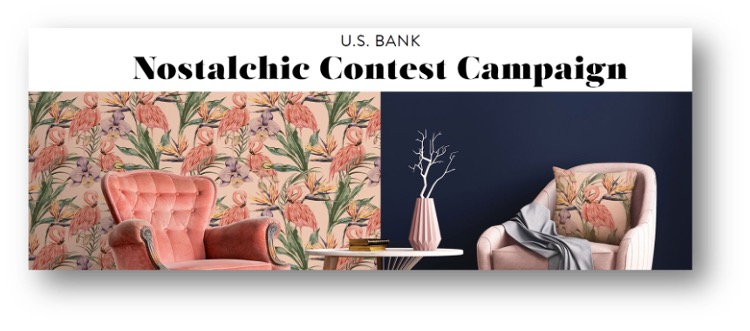
U.S. Bank has continued driving success through this engagement strategy by using different themes for photo submission contests. This was the case with its #DIYFails contest, which also generated hundreds of submissions and thousands of views.
Engage Hard-to-Reach Audiences
Timberland has long been a pioneer in using social media contests to capture images of product usage from its loyal customers and continues to do so yet today. The brand’s early user-generated campaigns focused on outdoor enthusiasts for mountain biking and climbing. While maintaining a high affinity with those audiences, Timberland wanted to drive similar engagement among customer groups that are typically less engaged online.
To do so, the brand ran a photo contest for construction workers to show their use of Timberland boots on job sites—with new, upgraded boots as the prizes. This online customer segment quickly became active with hundreds of submissions and stated feature preferences. The contest became a long-running campaign that garnered the attention of this hard-to-reach audience and captured valuable product development information.
Spotlight Brand Ambassadors
Skittles is well known as a candy favorite, but the brand’s use of social media has taken their customer enthusiasm to the next level. Skittles encourages fans to act out its Taste the Rainbow slogan, with the possibility of being highlighted in Skittles’ weekly Best Fan Forever content campaign. As expected, entrants’ creativity and engagement are always remarkably high—and they hail from all over the world.
Gamified Discounts and Sales
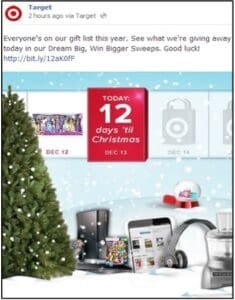 Social commerce has rapidly evolved into a necessity for capturing consumer purchases, especially around peak gift-giving seasons. Target leverages gamification to entice its social media followers with early access to exclusive sale prices on in-demand products. Customers accessed the discounts by unlocking various puzzles, riddles, and quizzes. Eventually, the same deals were offered publicly in the weekly print circular but granting early access by gating the deals behind fun daily challenges heightened the incentives’ appeal.
Social commerce has rapidly evolved into a necessity for capturing consumer purchases, especially around peak gift-giving seasons. Target leverages gamification to entice its social media followers with early access to exclusive sale prices on in-demand products. Customers accessed the discounts by unlocking various puzzles, riddles, and quizzes. Eventually, the same deals were offered publicly in the weekly print circular but granting early access by gating the deals behind fun daily challenges heightened the incentives’ appeal.
Macy’s used a similar, but simpler, approach with frequent social media voting to let followers determine which item would be eligible for a weekly flash sale. The strategy let Macy’s give a voice to customers and fostered a higher likelihood for purchase among those who voted for the winning item.
Turn Dreams into Realities
More people are returning to this fall compared to last, and their adventure and leisure wish lists are extensive. Tapping into this yearning to make up for lost travel, Walt Disney World has launched their Remy’s Ratatouille Adventure sweepstakes to reactivate its customer base. Entrants have the chance to win a family stay at their resort in early 2022. In exchange Walt Disney World can collect an actionable marketing list to engage entrants in relevant promotions to gain increased travel bookings.
Put Your Customers on a Winning Streak
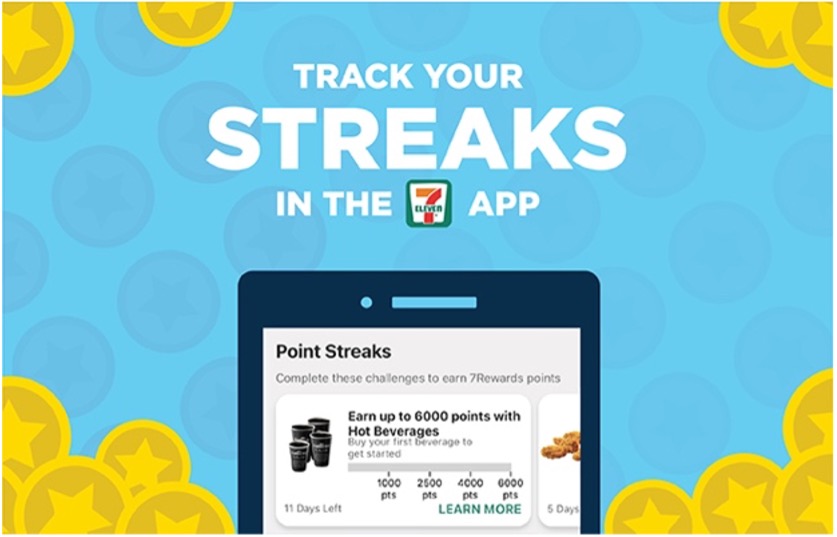
For some retailers, such as convenience stores, getting customers to make purchasing from their stores a daily habit is real loyalty possibility. 7-Eleven recognized the opportunity to encourage daily purchases and expand customer loyalty in the process with their Streak rewards challenges. The program rewards loyalty members by accelerating their point accruals when they show ongoing purchasing streaks through daily scans of the 7-Eleven app.
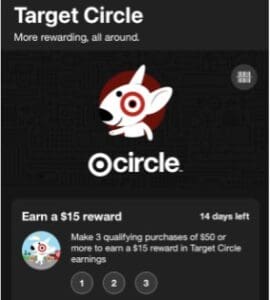 Similarly, Target deploys streak promotions to further incentivize Target Circle program members with additional earnings for multiple purchases within a certain time frame. This streak reward drives repeat purchases and cart additions to meet the minimum spend threshold—all to earn the gift certificate to apply to future purchases. It’s a win-win scenario for Target and its loyalty program members.
Similarly, Target deploys streak promotions to further incentivize Target Circle program members with additional earnings for multiple purchases within a certain time frame. This streak reward drives repeat purchases and cart additions to meet the minimum spend threshold—all to earn the gift certificate to apply to future purchases. It’s a win-win scenario for Target and its loyalty program members.
Turn Points into Prize Entries
Earning points in Sleep Number’s InnerCircle Rewards program is much easier than most other programs that require paid purchases. Sleep Number also awards points for engagement actions, such as reading blog posts, interacting with its social media content, or leaving a review online. Given the easy path to rack up points, the redemption process is a bit unique as well. Every month several high-value bedding items are offered up as prizes, and members can use their points to enter for a chance to win. With these drawings as the crux of the loyalty program, customers are encouraged to keep engaging with brand content to earn more contest entries.
Ready. Set. Go.
Gamification and customer loyalty go together like Chutes and Ladders. Loyalty programs help brands earn repeat purchases—and creating appealing additional engagement opportunities through gamification helps create ongoing advocacy and fosters emotional loyalty. After all, with earned perks like discounts, experiences, prizes, and higher tier status, aren’t loyalty programs essentially an elaborate, ongoing, and rewarding game for customers to play?
About the Author
Todd Hedberg is a director of digital strategy at The Lacek Group, a Minneapolis-based, data-driven loyalty, experience and customer engagement agency that has been delivering personalization for its world-class clients for more than 25 years. The Lacek Group is an Ogilvy Experience company.














